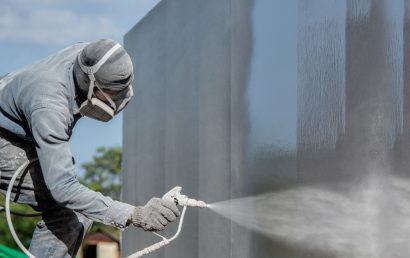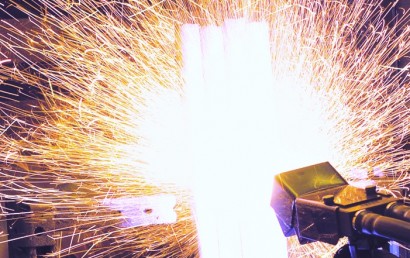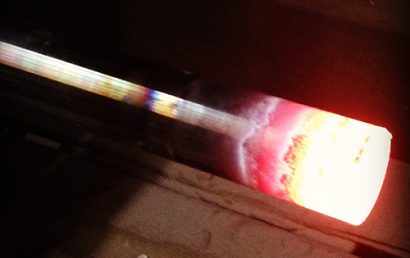How Are Arc Spray And Flame Spray Different?
Understanding the nuances between various coating technologies is crucial for anyone working in industries that heavily rely on these processes. Among these, arc spray and flame spray methods hold particular significance due to their widespread applications. Both methods fall under the umbrella of thermal spraying, yet they have distinctive characteristics that set them apart. In this blog post, we aim to illustrate the differences between arc vs. flame spray, shedding light on their unique functionalities, advantages, and applications.
Introduction to Arc and Flame Spray
Arc spray and flame spray are thermal spraying techniques utilized to apply a protective coating onto a surface. While both use heat to melt the coating material, they employ different mechanisms to generate this heat and apply the coating. The choice between arc and flame spray depends on several factors, including the desired properties of the coating, the specific application, and the cost-effectiveness of the process.
Arc Spray: Functionality, Advantages, and Applications
Arc spray, also known as twin wire arc spray, uses an electric arc to melt the coating material. The process involves feeding two electrically conductive wires, usually made of metal, into the spray gun. An arc is created between the wires, which melts the tips. Compressed air or gas then atomizes the molten metal and propels it onto the surface being coated.
The advantages of arc spray are numerous. It offers a high deposition rate, making it one of the fastest thermal spray processes. The coatings produced by arc spray are highly adhesive and less porous, which contributes to their excellent corrosion and wear resistance.
Arc spray is widely used in various industries, including the automotive, aerospace, and construction industries. Applications range from corrosion protection for bridges and steel structures to wear-resistant coatings for machinery parts.
Flame Spray: Functionality, Advantages, and Applications
Flame spray, on the other hand, uses combustion to generate the heat required to melt the coating material. The process involves feeding a wire or powder into an oxygen-fueled flame, where it is melted and then sprayed onto the surface using compressed air.
Flame spray offers several advantages. The process is highly portable and flexible, making it suitable for on-site applications and for coating large areas. It also provides good adhesion and can apply a wider range of materials, including metals, ceramics, and polymers.
Flame spray is commonly used for applications such as corrosion protection, wear resistance, and thermal barrier coatings. It finds use in diverse industries, including oil and gas, power generation, and marine applications.
Arc vs. Flame Spray: The Differences
While both arc and flame spray are effective thermal spraying methods, they differ significantly in their mechanics, applications, and resulting coating properties. Arc spray, with its electric arc and high deposition rate, is excellent for producing dense, corrosion-resistant coatings quickly. Flame spray, utilizing combustion and offering a wide range of coating materials, is renowned for its flexibility and portability.
Choosing between arc and flame spray depends largely on the specific requirements of the application. Factors such as desired coating properties, cost, substrate material, and work environment all play a role in determining the most suitable method.
Uncover the Differences
In conclusion, both arc spray and flame spray have their unique functionalities and benefits that make them suitable for different applications. Understanding the differences between arc vs. flame spray allows industries to select the most effective and efficient method for their specific needs, ultimately improving the quality and durability of their products and structures. This comprehension reinforces the importance of continual learning and adaptation in the face of advancing industrial technologies.



